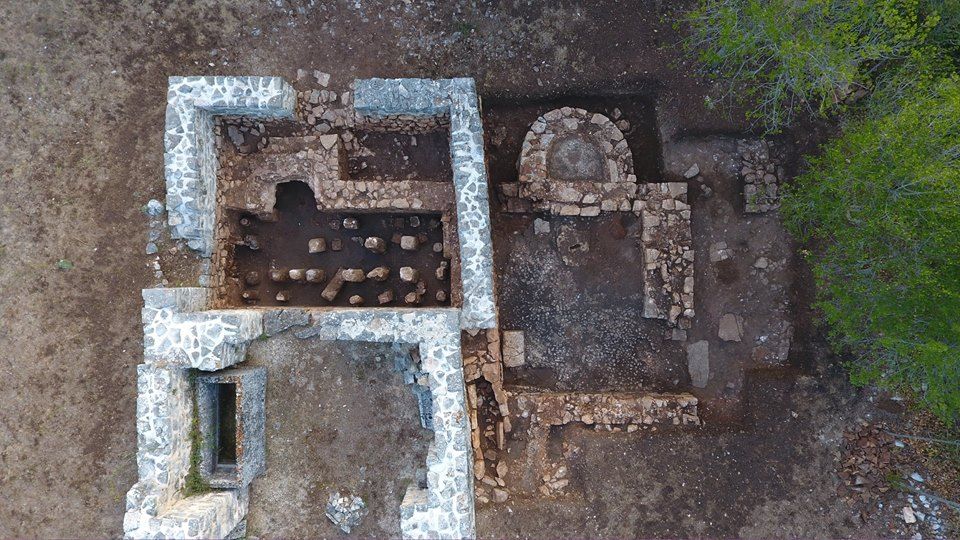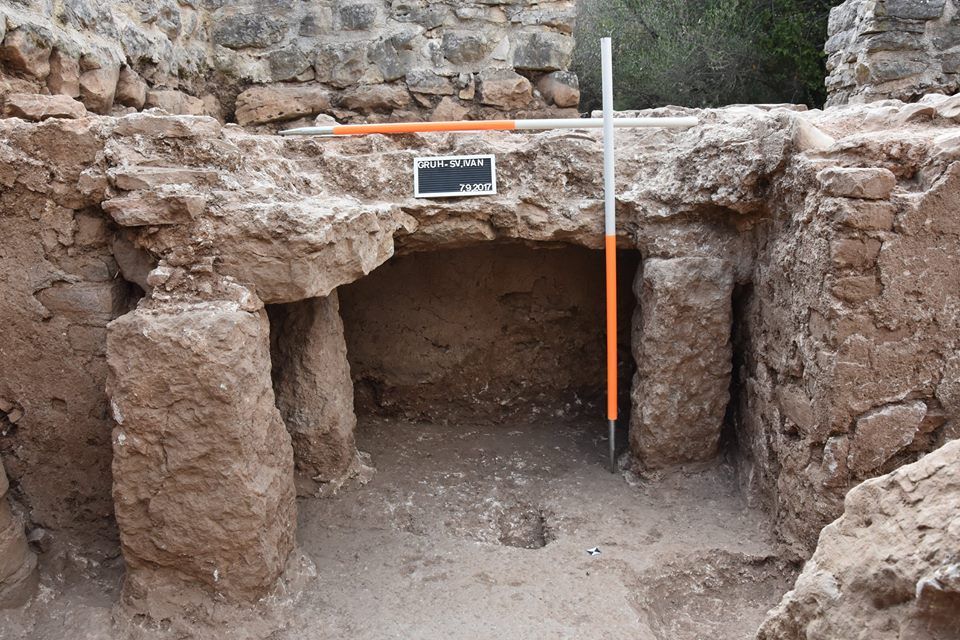Croatian islands keep surprising with all the wonders they’ve been keeping secret for thousands of years.
In July, experts from the Archaeology department of the University of Zadar uncovered 3500 year-old artefacts in the Zadar archipelago; two months later, 2000 year-old amphoras were presented to the public on Mljet island.
Today we’re heading to Dugi otok, a Dalmatian island that houses a nature park in Telašćica bay. Apart from the incredible scenery, the park boasts a priceless fund of historical heritage, and the archaeologists recently discovered one more site to add to the already impressive range.
Nature Park Telašćica published a post on their Facebook page to announce the 10-day excavation process has been completed, resulting in a wondrous discovery on the Gruh – Sveti Ivan site. It turned out that the medieval necropolis they discovered last year wasn’t all the site had to offer, as they uncovered another layer below that dates back to late antiquity, preceded by an even older site from the classical ancient period.

The archaeologists were delighted to find an ancient thermal complex including a hypocaust, the ancient system of central heating that used to be installed in thermal baths and other similar establishments, as well as in private homes of the wealthy. The hot air circulating through clay pipes installed below the floor level or inside the walls would warm up the space, making for a significant improvement of people’s living conditions.
Apart from the hypocaust, experts uncovered a large number of other artefacts such as ceramics, metal tools and ancient glass objects. The site on Dugi otok now becomes one of the more important archaeological sites in Croatia, as it stands witness to continued development of settlements on the coast from the ancient period to the Middle Ages.

You can see more photos from the site in the post below:
Photo credit: Park prirode Telašćica










